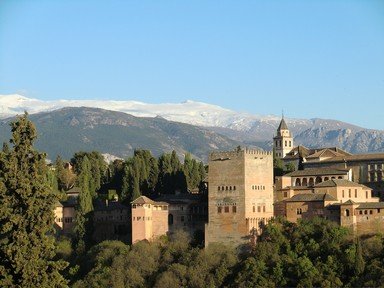Quiz Answer Key and Fun Facts
1. In 1532, what country in present day South America was conquered by the Spanish Empire?
2. In 1588, one of the reasons Spain sent its Armada to attack England was in hopes of making England a Catholic nation again. The other reason was that England was helping what present-day country to fight against Spain?
3. In the 17th century, in what war was Spain involved during the reign of Philip IV?
4. The War of Spanish Succession started in 1701 and ended in 1714. The death of which childless Spanish king was the cause of this war?
5. In 1761, Spain joined the Seven Years' War against which nation?
6. In 1808, the Peninsular War was fought against which empire?
7. From 1808 to 1825, where did a series of wars begin as the Spanish Empire started to lose its power?
8. In 1882, work on a famous Roman Catholic Church was started at which location? The project is still uncompleted as of 2024.
9. In 1898, the U.S. declared against Spain for three reasons. Which was NOT one of the three reasons?
10. In what year was the Second Spanish Republic proclaimed?
Source: Author
sw11
This quiz was reviewed by FunTrivia editor
ponycargirl before going online.
Any errors found in FunTrivia content are routinely corrected through our feedback system.
